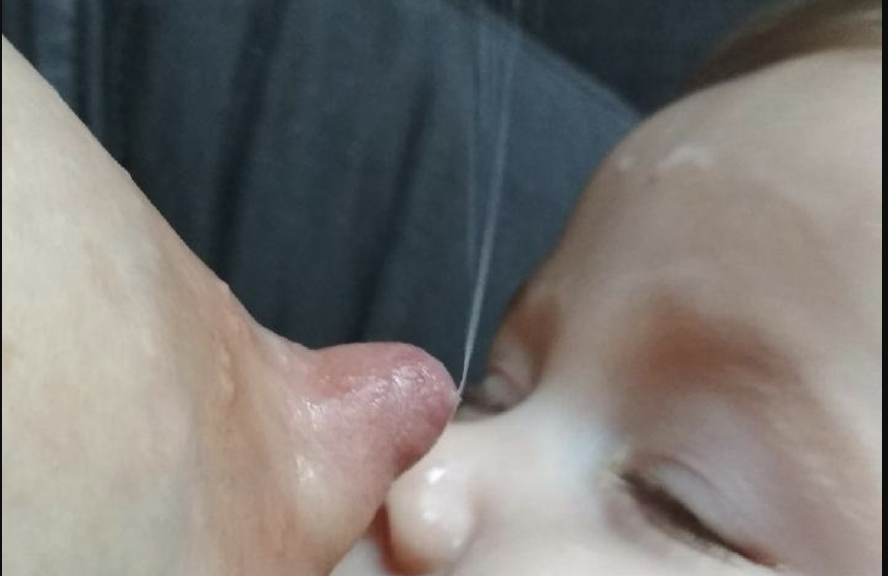
Diagnosis and management of hypergalactia
Hypergalactia (oversupply) is defined as breast milk production (or supply) that exceeds the volume required to meet the nutritional needs of a healthy infant.
Symptoms
The referred symptoms are centered on the sensation of hyperproduction (or breastmilk oversupply). Derived from this, physical complications appear, such as breast discomfort and/or pain, obstructions of milk ducts, increased mastitis episodes, spontaneous milk leakage, or even a painful ejection reflex.
There are also a number of signs and symptoms in the newborn, such as choking, excessive weight gain, difficulty in maintaining a deep latch, increased gastrointestinal symptoms (such as gastroesophageal reflux, gas, regurgitation, etc.), and even the possibility of breast refusal.
Etiology
Hypergalactia is usually of idiopathic origin, although an anamnesis should be performed to look for other causes, such as hypergalactia of iatrogenic origin or of induced cause (for example, due to overstimulation produced by the use of a breast pump, manual extraction or the excessive or improper use of galactogogues). Occasionally this situation may also be due to not optimal sucking by the infant.
Approach
There are interventions to manage the situation until the cause of hypergalactia is corrected. Among the known strategies are:
- Opting for a ventral position or biological nurturing position during the feed helps to decrease the strength of the milk ejection reflex. In these positions, as the milk has to flow against gravity, it will give the infant more control over the milk flow, and the management of breast milk in the infant’s mouth may be improved.
- Apply pressure with the palm of the hand on one quadrant of the breast during the first few minutes of the milk ejection reflex. This may help the milk flow to decrease in intensity. Remember that this technique should only be done for a short time during the feed, then that area should be drained as well to avoid milk stasis.
- Activate the local autocrine regulatory mechanisms of the breast. To achieve this, it is possible to practice block breastfeeding, a technique where it is recommended to breastfeed from the same breast for a period of 3 hours, switching breast side at the end of this time. This requires close monitoring to avoid possible complications such as pain, obstructions, or mastitis. If there is a history of mastitis, this technique is not recommended. The technique is summarized as follows:
- It is generally recommended that both breasts are carefully drained before starting, either first with feeding at the breast by the baby and then, if necessary, with a breast pump.
- One breast is chosen to begin feeding, and breastfeeding is maintained on demand from this one breast side only for an initial period of 3 to 6 hours.
- If, during this time, the opposite breast side shows signs of milk stasis, a minimum amount of breastmilk, just the necessary amount to improve comfort, can be expressed.
- After the chosen period of time, the opposite breast should be offered, but keep monitoring for signs and symptoms of lactational stasis in both breasts.
- This method should not be maintained for more than 24-48 hours after its start.
- Herbal or pharmacological treatments. It should be noted that there is little research in this field with treatments of this type. Herbal medicine, used by many mothers, has the known disadvantage of a lack of controlled dosage. Sage infusions have been used to lower the milk supply. However, there is no quality scientific evidence to confirm or disprove its effectiveness. Contraceptives containing estrogens have also been used to lower milk supply, with uneven effects and no evidence of their effectiveness. Remember as well that hormonal contraceptives with estrogens are not compatible with all stages of postpartum.
References
- ABM Clinical Protocol num.32: Management of Hyperlactation (2020). https://www.bfmed.org/assets/DOCUMENTS/PROTOCOLS/Protocol%20%2332%20-%20English%20Translation.pdf
- Trimeloni L, Spencer J. Diagnosis and Management of Breast Milk Oversupply. J Am Board Fam Med. 2016 Jan-Feb;29(1):139-42. doi: 10.3122/jabfm.2016.01.150164. PMID: 26769886.